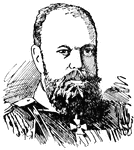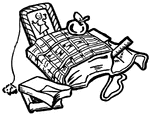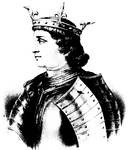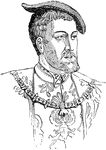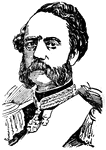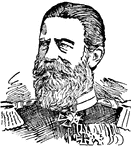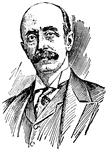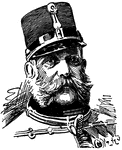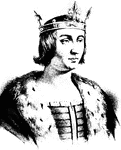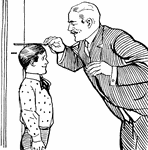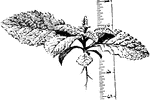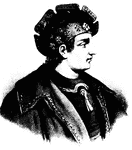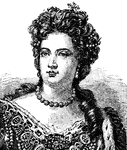
Queen Anne of Great Britain
Anne (6 February 1665 – 1 August 1714) became Queen of England, Scotland and Ireland on 8 March…
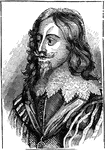
Charles I of England
Charles I, (19 November 1600 – 30 January 1649) was King of England, Scotland and Ireland from…

Charles II of England
Charles II (Charles Stuart; 29 May 1630 – 6 February 1685) was the King of England, Scotland,…
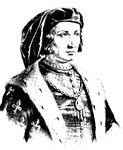
Charles VI of France
Charles VI (1368 – 1422), called the Beloved and the Mad, was King of France from 1380 to his death.
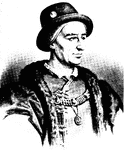
Charles VII of France
(1403-1461) King of France. During his reign , Joan of Arc led the troops and the war against Britain…
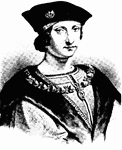
Charles VIII of France
Charles VIII, called the Affable, (1470 – 1498), was a monarch of the House of Valois who ruled as…
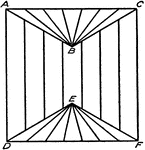
Drawing Converging Lines
"Draw three-inch square. Draw lines AB, BC, DE and EF at 30 degrees. Divide lower side into seven equal…
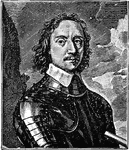
Oliver Cromwell
Oliver Cromwell (25 April 1599 Old Style– 3 September 1658 Old Style) was an English military…
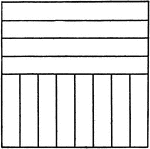
Drawing Exercise for T-square, Triangle, and Scale
"Through the center of the space draw a horizontal and a vertical line, measuring on these lines as…
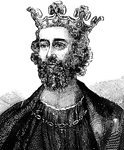
Edward II
Edward II, (April 25, 1284 – September 21, 1327?) of Caernarfon, was King of England from 1307…
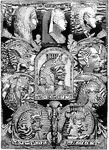
Celebrities of Ancient Egypt
Ten notable ancient Egyptian rulers, including Ramses III, Seti I, Gemahlin Amenophis III, Ptolemaeus…

Using French Curve
A French Curve is used by connecting sufficient points to sketch a curve. The sketch should be line…

Ellipse Curve French Curves
An ellipse French curve, or irregular curve, is used to draw short elliptical radius curves by using…
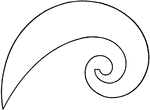
Logarithmic Spiral Curve French Curves
A Logarithmic Spiral French curve, or irregular curve, is used to draw short elliptical radius curves…
Polar Curve French Curves
A Polar Spiral French curve, or irregular curve, is used to draw engineering diagrams and steam curves,…

Adjustable Limit Gage
Adjustable limit gage is used to measure the diameter of an object by adjusting screws on both sides…

Depth Micrometer Gage
A micrometer depth gage used to measure irregular holes in narrow boring. The gage measures the holes…

Planer Height Gage
An illustration of a planer height gage for fine, or precise, work. The gage measures the object's height…
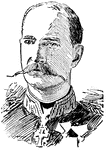
George I, King of Greece
George I (1845 – 1913) was King of Greece from 1863 until his death in 1913.
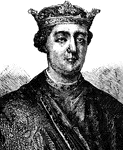
Henry II
Henry II of England (5 March 1133 – 6 July 1189) ruled as King of England (1154–1189). Henry…
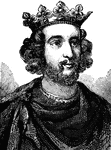
Henry III
Henry III (1 October 1207 – 16 November 1272) was the son and successor of John "Lackland" as…

Irregular Curves
"Curves other than arcs of circles are drawn with the pencil or ruling pen by means of curved or irregular-shaped…
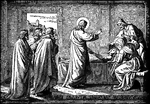
Jesus Resurrects the Daughter of Jairus, Ruler of the Synagogue
"But he, taking her by the hand, called, saying, Maiden, arise. And her spirit returned, and she rose…
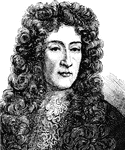
James II of England
James II of England and Ireland, James VII of Scotland (14 October 1633 – 16 September 1701) was…
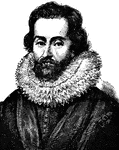
James the First
He ruled in Scotland as James VI from 24 July 1567, when he was only one year old, succeeding his mother…
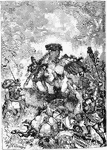
Death of Julian the Apostate
A depiction of Julian the Apostate, a noted philosopher and Roman Emperor, and his death.
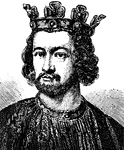
King John
John (24 December 1167 – 19 October 1216) reigned as King of England from 6 April 1199, until…
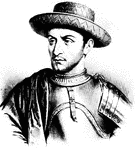
Louis XI of France
(1423-1483) King of France form 1461-1483 who united most of France under one crown. He also laid the…
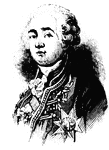
King Louis XVI of France
(1754-1793) King of France 1774-1793 who married Marie Antoinette and allowed France to become involved…
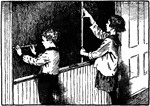
Measuring
Two students measuring the blackboard. The boy is using a ruler and the girl is using a yardstick.

Positioning Pen with the Straight Edge
To draw a straight line, the pen must be perpendicular with the straight edge ruler, as shown in A.…

Richard I
Richard I (8 September 1157 – 6 April 1199) was King of England from 6 July 1189 until his death.…

Richard II
Richard II (6 January 1367 – ca. 14 February 1400) was King of England from 1377 until he was…
Plumb Rule
A narrow board with parallel edges having a stright line drawn through the middle, and a string carrying…
Drawing Ruler
A straightedged strip, as of wood or metal, for drawing straight lines and measuring lengths.

Child Holding Rulers
Illustration of a child measuring with rulers that can be used to write mathematics story problems involving…
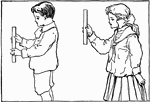
Children Holding Rulers
Illustration of two children holding rulers that can be used to write mathematics story problems involving…
